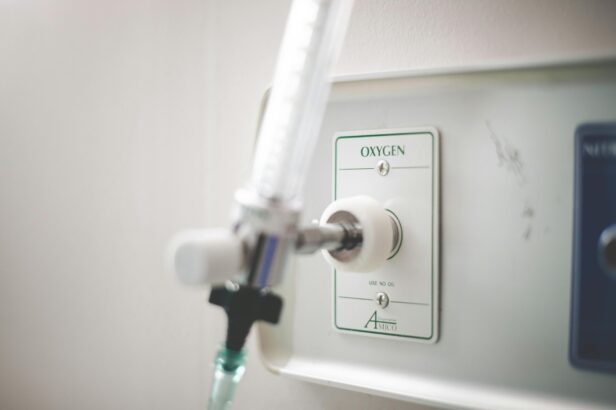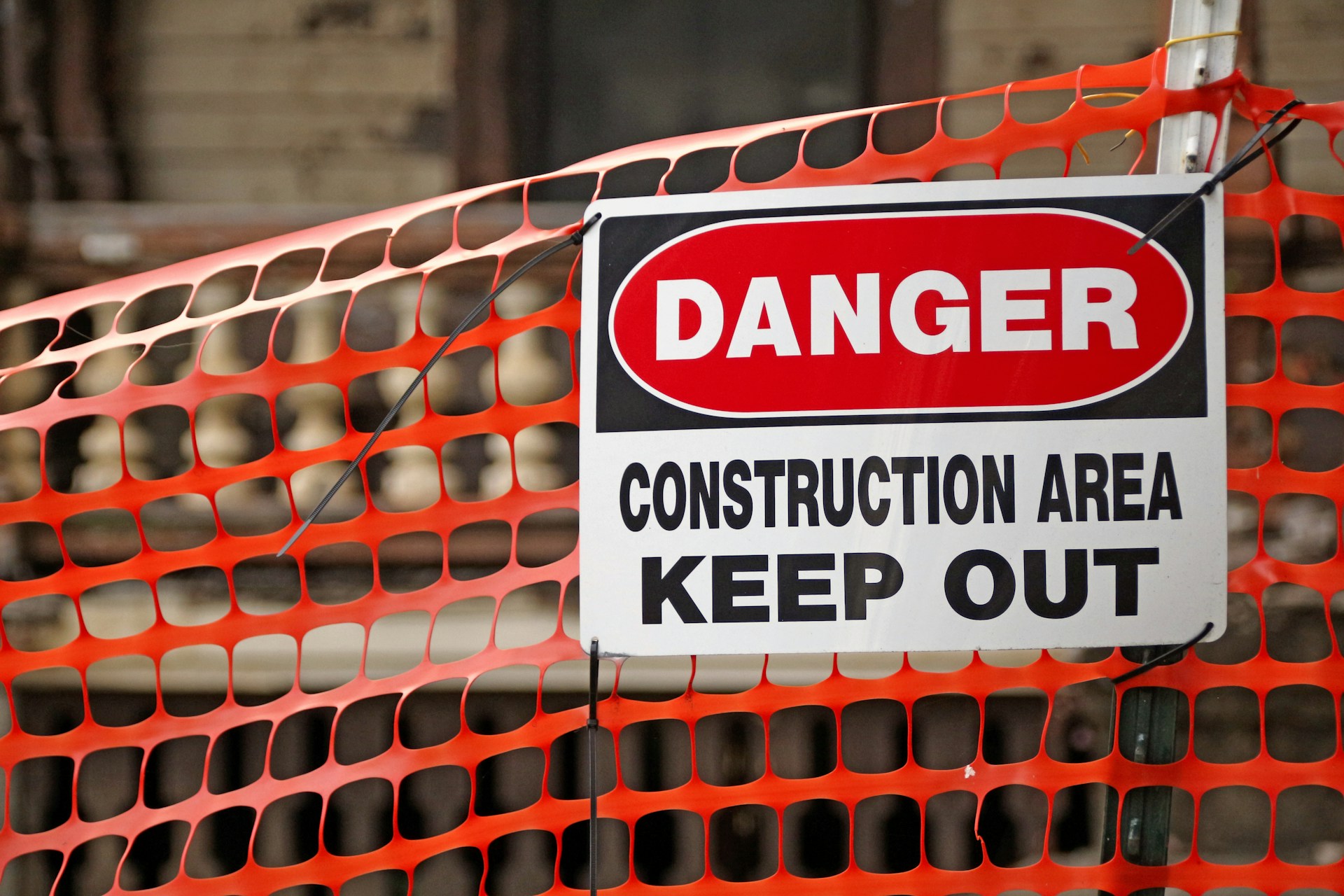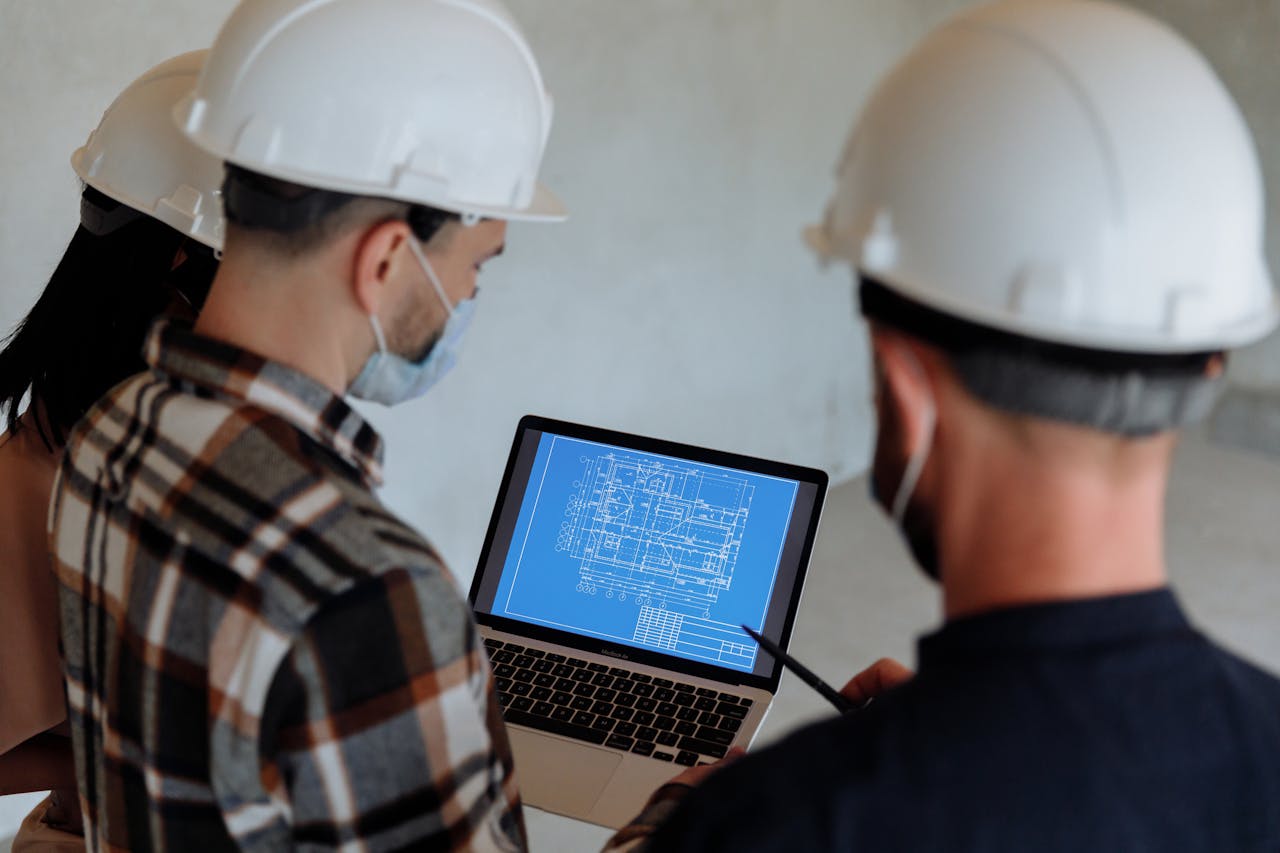Installing specialty plumbing for medical use is a critical task that requires meticulous attention to detail and adherence to stringent safety standards. In healthcare settings, even minor oversights during installation could compromise patient safety and disrupt vital medical procedures. Medical gas systems deliver clean, contaminant-free gases through extensive piping networks that must be properly installed according to rigorous industry regulations.
These specialized plumbing systems play an essential role in hospitals and other healthcare facilities, serving as lifelines for patients. From operating rooms to intensive care units, medical gas pipelines provide a reliable supply of oxygen, nitrous oxide, medical air, and other gases crucial for life support, anesthesia, and various treatments. The stakes are high—proper installation and functioning of these systems directly impact patient outcomes and can determine the difference between life and death in critical situations.
Given their vital importance, medical gas installations demand an uncompromising approach to quality and safety at every stage. This article will explore the key requirements and best practices for installing medical gas plumbing systems in healthcare environments. We will examine the strict codes and standards that govern these installations, essential design considerations, specialized materials and equipment involved, testing and certification processes, and ongoing maintenance needs. By the end, readers will have a clearer understanding of the complexities involved in this critical aspect of healthcare facility construction and why stringent protocols are necessary to ensure patient safety and regulatory compliance.
What Materials and Components Are Required for Medical Gas Installations?
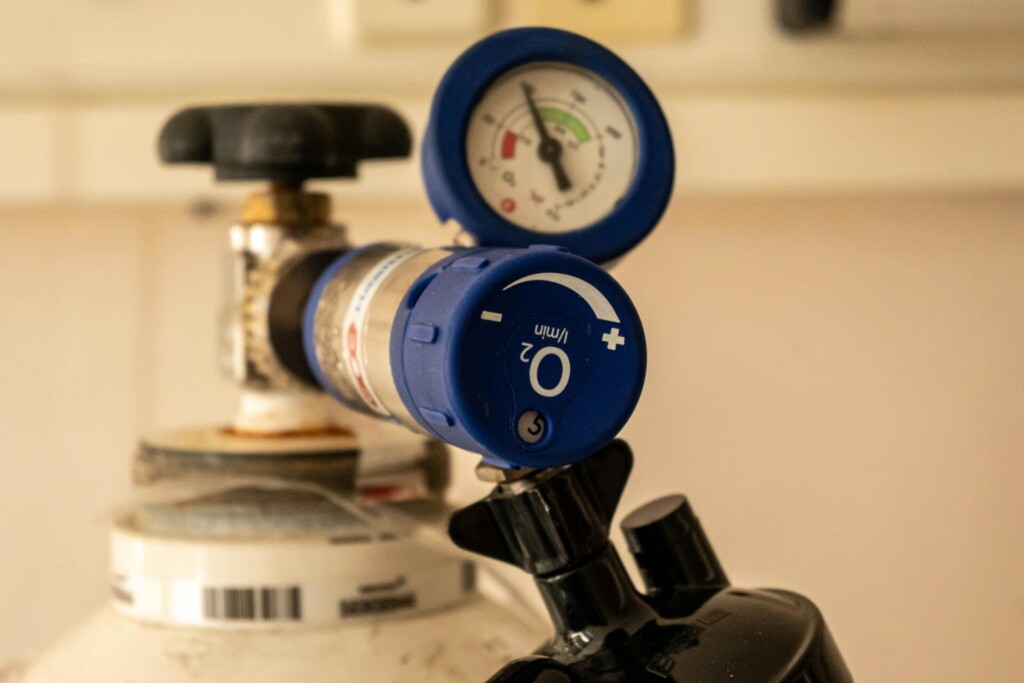
Medical gas installations require specific materials that meet strict industry standards to ensure patient safety and system integrity. The primary components include:
Piping
Copper is the gold standard for medical gas piping due to its excellent properties:
- Corrosion resistance
- Cleanliness
- Antibacterial properties
The industry standard is a seamless copper tube that complies with ASTM B819. Two types are commonly used:
- Type K (thicker wall) – for high-pressure applications over 185 psi
- Type L – for standard pressure applications
All medical gas piping must have a minimum diameter of 1/2 inch. Proper identification is critical – pipes should be clearly marked with the appropriate color coding per NFPA 99 standards.
Valves
Medical gas systems require several types of NFPA 99 compliant valves:
- Shutoff valves – to isolate sections of the system
- Check valves – to prevent backflow
- Pressure relief valves – for safety
These valves must be specifically designed and cleaned for medical gas service.
Fittings
All fittings used in medical gas systems must meet applicable regional standards. Like the piping, fittings require special cleaning and preparation for oxygen service. Cast copper alloy fittings are not permitted – wrought copper or brazed fittings are typically used.
Cleanliness Standards
One of the most critical aspects of medical gas components is cleanliness. All tubes, valves, fittings, and other components must be thoroughly cleaned by the manufacturer to remove:
- Oil
- Grease
- Particulates
- Any other contaminants
This cleaning process ensures the system remains free from substances that could react with medical gases or introduce impurities.
| Component | Material/Specification | Description |
| Piping | Seamless Copper Tube, ASTM B819 | Two types commonly used: Type K (thicker wall) for high-pressure applications over 185 psi, Type L for standard pressure applications |
| Valves | NFPA 99 Compliant | Include shutoff valves for isolating systems, check valves for preventing backflow, and pressure relief valves for safety |
| Fittings | Wrought Copper/Brazed Fittings | All fittings require special cleaning for oxygen service; cast copper alloy fittings are not permitted |
| Cleanliness | Manufacturer Cleaned | All components must be cleaned to remove oil, grease, particulates, and contaminants to ensure system integrity |
We at EB3 Construction ensure all materials used in our medical gas installations meet or exceed these rigorous industry standards. Our experienced team understands the critical nature of these systems and takes every precaution to guarantee patient safety and system reliability.
What Are the Best Practices for Installing Medical Gas Piping?
Proper installation of medical gas piping requires meticulous attention to detail and adherence to specific procedures. At EB3 Construction, we follow industry best practices to ensure safe and compliant medical gas systems. Here are the key steps we take when installing medical gas piping:
Preparation and Cutting
We begin by carefully measuring the required pipe lengths based on the system design. Using precision tube cutters, we make clean, perpendicular cuts in the copper tubing. After cutting, we thoroughly ream all pipe ends to remove burrs and ensure smooth edges. This preparation is critical for proper fit and to prevent contamination.
Bending and Fitting
For required bends, we utilize specialized pipe benders to create gentle curves that minimize stress on the tubing, strictly avoiding sharp bends or kinks. When threading is necessary for specific fittings, we use dedicated pipe threading tools to produce clean, even threads for secure connections.
Joint Preparation
Proper joint preparation is essential for leak-free brazed connections. We meticulously clean all surfaces to be joined using non-abrasive pads, removing any oxides or contaminants. Joints are assembled while the piping is still capped to prevent internal contamination.
Brazing Process
We employ skilled brazers certified to ASME IX standards for all medical gas piping connections. During brazing, we continuously purge the piping with oil-free, dry nitrogen gas. This inert atmosphere prevents oxidation inside the pipes and ensures high-purity connections. The nitrogen flow is maintained until joints have cooled below oxidation temperature.
Post-Installation Testing
After installation is complete, we conduct rigorous pressure testing of the entire system. Using oil-free compressed nitrogen, we pressurize the piping to 1.5 times working pressure or 150 PSI, whichever is greater. We then meticulously check every joint and connection for leaks using oxygen-compatible leak detection fluid. Any leaks discovered are promptly repaired and retested.
By adhering to these best practices, we ensure that medical gas piping systems are installed to the highest standards of safety and quality. Proper installation is critical for maintaining gas purity and system integrity in healthcare facilities.
| Installation Step | Description |
|---|---|
| Preparation and Cutting | Measure and cut pipes using tube cutters, ream ends to remove burrs for smooth edges. |
| Bending and Fitting | Utilize pipe benders to create gentle curves; avoid sharp bends and kinks. |
| Joint Preparation | Clean joint surfaces with non-abrasive pads, assemble while capped to prevent contamination. |
| Brazing Process | Brazing performed by certified brazers, purging pipe with dry nitrogen to prevent oxidation. |
| Post-Installation Testing | Perform rigorous pressure testing with nitrogen, check for leaks with detection fluid. |
Following installation, we coordinate with certified medical gas verifiers to perform cross-connection testing, particulate testing, and other required system checks before the piping can be put into service. Our goal is always to deliver medical gas systems that healthcare providers can rely on with absolute confidence.
How Should Medical Gas System Components Be Properly Stored and Handled?
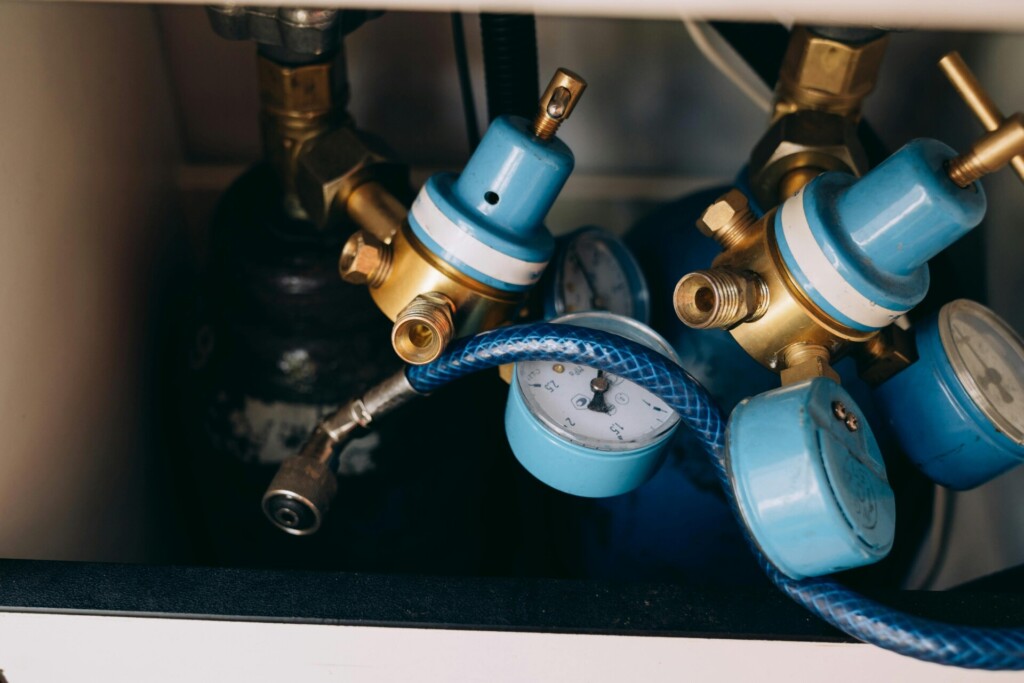
Medical gas components require meticulous handling and storage practices to maintain their critical cleanliness standards. We take great care to preserve the integrity of these components from manufacture through installation.
Copper tubing for medical gas systems typically arrives from manufacturers in a carefully prepared state—degreased, capped, and purged with nitrogen. This pre-cleaning is essential since on-site cleaning of medical gas piping is strictly prohibited. The pristine condition of these materials must be maintained throughout the construction process.
To achieve this, we establish designated ‘clean areas’ on job sites specifically for storing medical gas components. These areas are kept separate from materials used for water distribution or other systems to prevent cross-contamination. All medical gas materials remain capped or plugged at all times when not in active use, shielding them from potential contaminants in the construction environment.
Immediately before final assembly and installation, we conduct a thorough internal examination of all components to verify they remain free of contamination. This inspection is a critical quality control step to ensure system integrity.
The tools used for assembling medical gas systems require special consideration as well. All tools must be meticulously cleaned and verified to be free of any grease, oil, or other contaminants before use. When on-site cleaning of tools is necessary, we employ a rigorous process using a hot solution of trisodium phosphate or sodium carbonate.
By adhering to these strict protocols for storage, handling, and assembly, we maintain the utmost cleanliness of medical gas system components. This diligence is essential for ensuring patient safety and the proper functioning of these critical healthcare systems.
What Certification and Safety Requirements Must Be Followed?
Medical gas system installers must meet specific certification requirements to ensure the safety and reliability of these critical systems. In the United States, installers are required to hold two key certifications:
- ASSE 6010 Professional Qualification Standard for Medical Gas System Installers
- ASME IX brazing qualification
These certifications verify that installers have the necessary knowledge and skills to properly install medical gas systems according to industry standards. The ASSE 6010 certification covers system design, installation procedures, testing protocols, and safety requirements. The ASME IX brazing qualification ensures installers can properly join medical gas piping using brazing techniques.
Beyond certification, installers must follow stringent safety protocols during the installation process. This includes proper use of personal protective equipment (PPE) such as:
- Safety glasses
- Gloves
- Respiratory protection during brazing
All installation work must comply with regulatory standards, most notably NFPA 99 Health Care Facilities Code. This code provides comprehensive guidelines on system components, installation procedures, and verification requirements. Some key areas covered by NFPA 99 include:
- Piping materials and installation methods
- Valve types and placement
- Alarm system requirements
- Testing and verification procedures
- Documentation standards
After installation is complete, the medical gas system requires proper commissioning before it can be put into use. This process must be performed by certified technicians and includes:
- Thorough testing of all system components
- Verification of gas purity and flow rates
- Calibration of monitoring systems and alarms
- Comprehensive documentation of test results
The commissioning process culminates in the creation of as-built drawings that accurately reflect the installed system. These drawings, along with all testing and verification documentation, must be maintained by the healthcare facility as part of their compliance records.
Adhering to these certification requirements, safety protocols, and regulatory standards is critical for ensuring patient safety. Improperly installed medical gas systems can pose serious risks, potentially delivering the wrong gas or contaminated supply to patients. By following established guidelines and using certified installers, healthcare facilities can have confidence in the reliability and safety of their medical gas infrastructure.
Conclusion: Ensuring Safety and Compliance in Medical Gas Installations
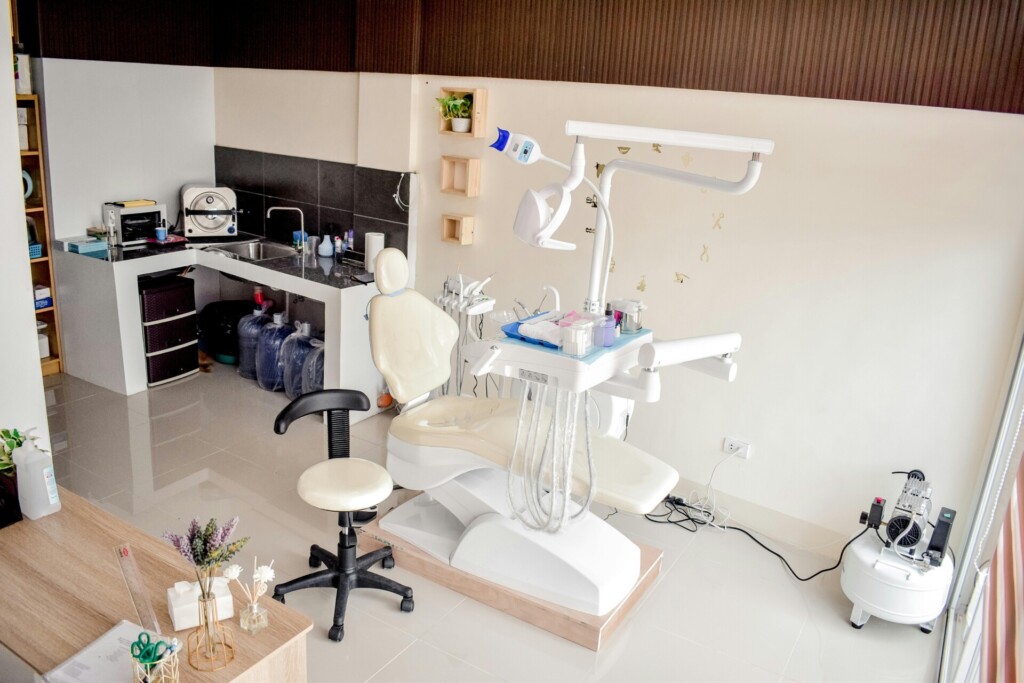
Installing specialty plumbing for medical use demands meticulous attention to material selection, proper installation techniques, and strict adherence to safety protocols and regulatory standards. Whether renovating an existing facility or constructing a new one, healthcare facilities must collaborate with certified professionals who understand the critical importance of these systems. By following best practices for the installation, storage, and handling of components, facilities can ensure their medical gas systems operate safely and effectively, providing reliable service for critical patient care applications.
The investment in proper installation processes not only protects patient safety but also significantly contributes to healthcare facility operational excellence. As medical technology and standards evolve, maintaining up-to-date systems and procedures is crucial. Healthcare facilities that prioritize compliance and safety in their medical gas installations are meeting regulatory requirements and demonstrating a commitment to the highest standards of patient care.
By partnering with experienced professionals and staying informed about industry best practices, healthcare facilities can build a strong foundation for safe and effective medical gas delivery. This proactive approach to installation and maintenance will yield benefits in system reliability, operational efficiency, and most importantly, positive patient outcomes.
Contact EB3 Construction for a safe, code-compliant medical facility builds with precision and care. Our certified team ensures every installation meets the highest standards for patient safety and operational excellence.

